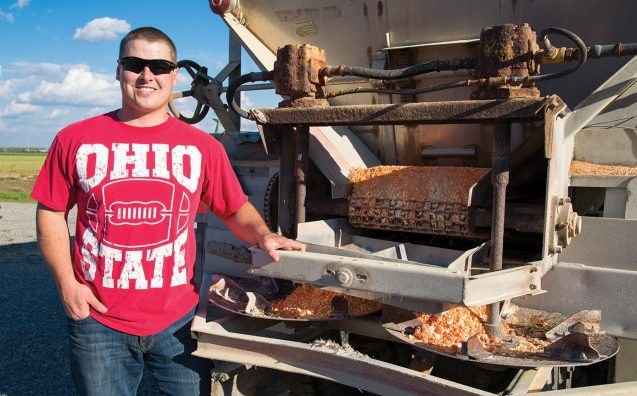Farmer’s Guide to Trucking Regulations available to Ohio Farm Bureau members
The guide includes a farm driver checklist, overview of state and federal regulations and exemptions, CDL qualifications and more.
Read More
Till, no-till. Organic and conventional. Throw in some unique poultry and a goat fittingly named Jack “Free-Range” Willis and you have a sense of the “everything but the kitchen sink” nature of the land Union County Farm Bureau member Ron Burns farms.
This year in Our Ohio magazine, we’re going to take a pictorial look at a “year in the life” of Ron Burns and his fiancée, Melissa Downerd, from planting to harvesting crops and everything in between.
Spring, of course, brings much activity to the 250 acres Burns manages on the 1,500-acre family farm operation. It’s nearly time to get the soil ready for planting season and get those seeds into the ground.
Farmers across Ohio will soon be gearing up for spring planting, with most of the work coming in April and May (unless the weather fails to cooperate).
Burns tills and fertilizes his fields in preparation for the planting of his diverse crop plan. He grows both organic and GMO crops using no-till practices for his corn, wheat, soybean and hay rotation.
His wheat cover crop planted in the fall, goes dormant in the winter and will start growing again this spring. It will be harvested in July.
We’ll have more on that and other practices on the farm throughout the year. You can also follow Burns on social media. Search the hashtags #RBEQUIP and #245Organic on Instagram, Facebook and Twitter. He is “GraysonGrains” on Snapchat.
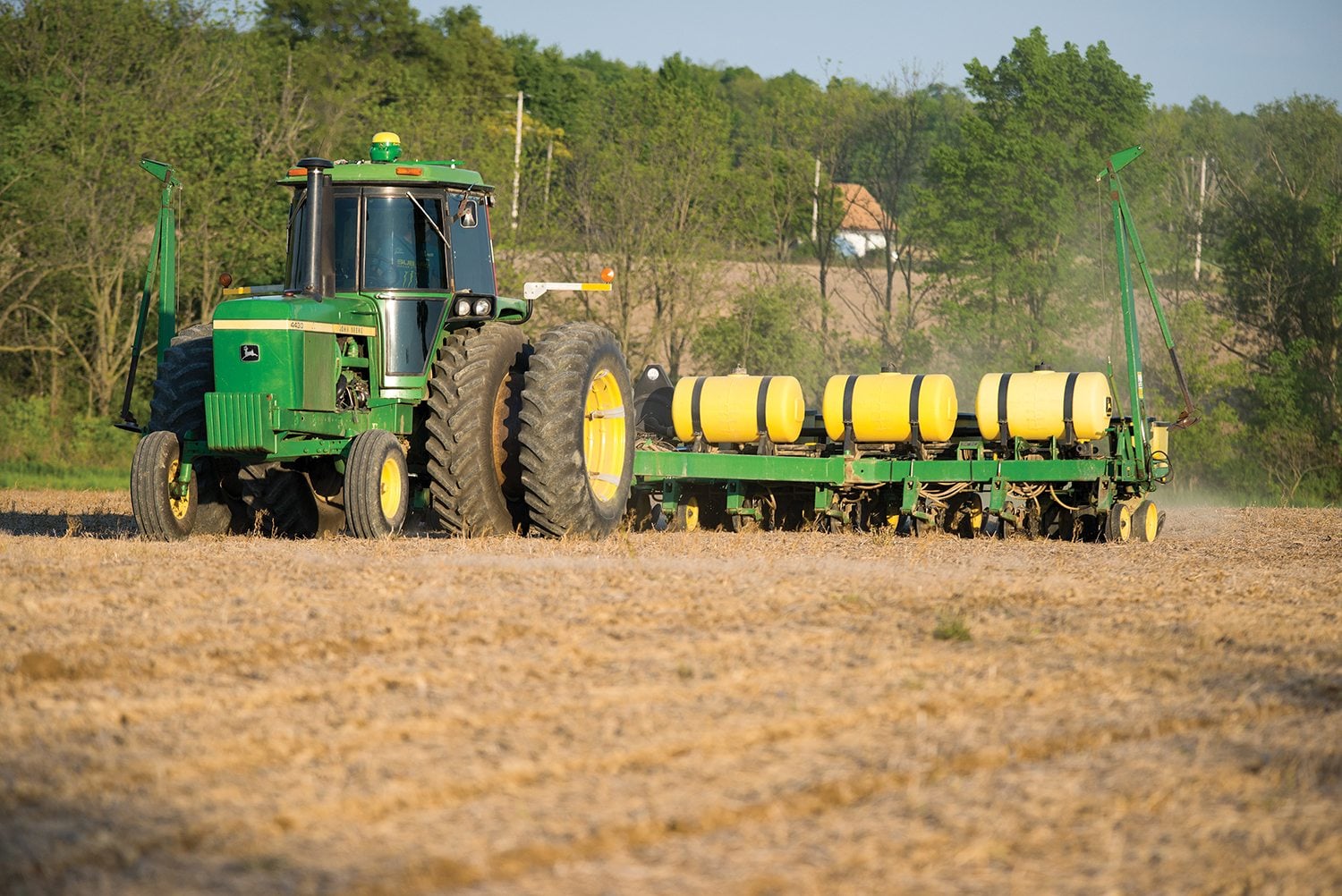
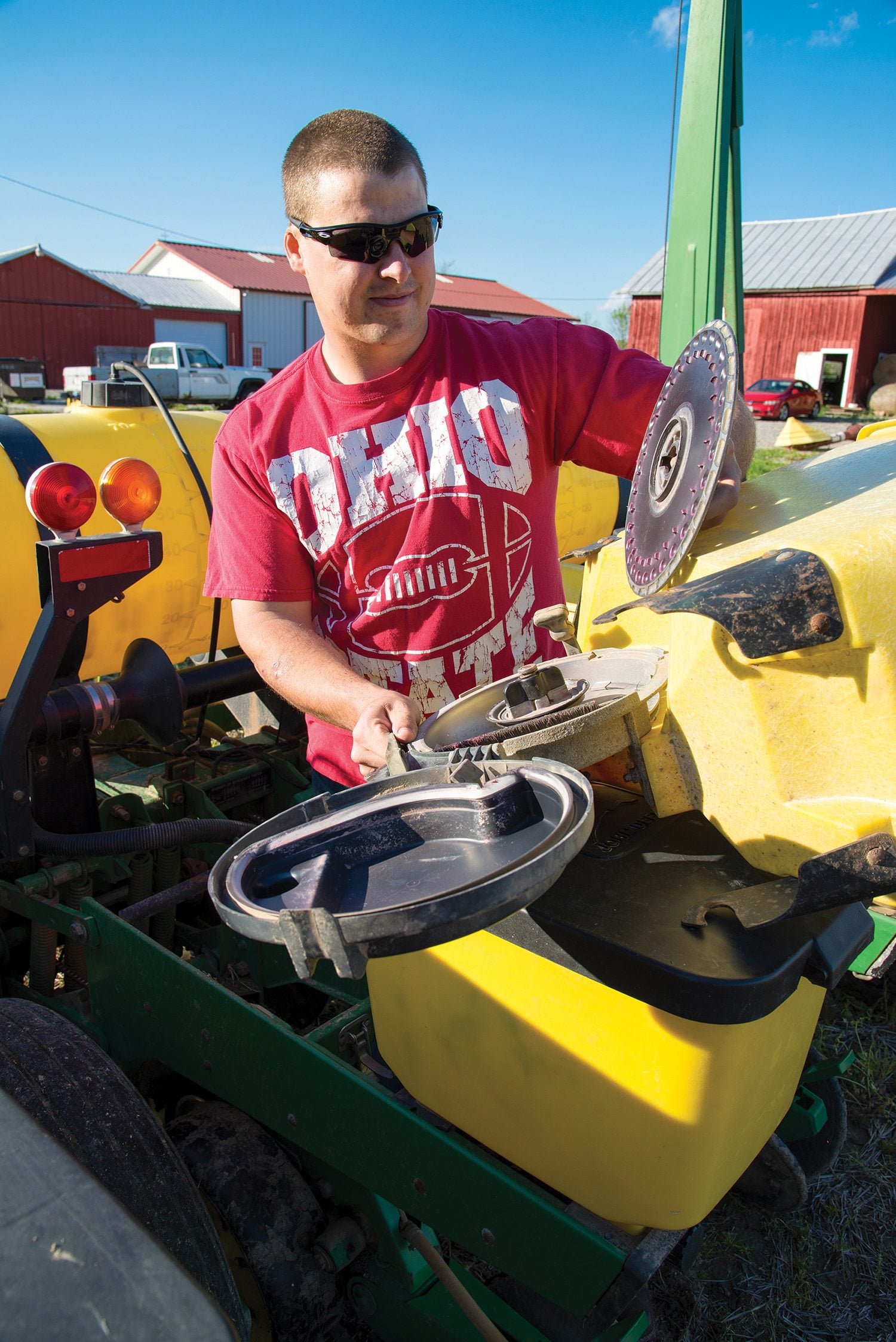
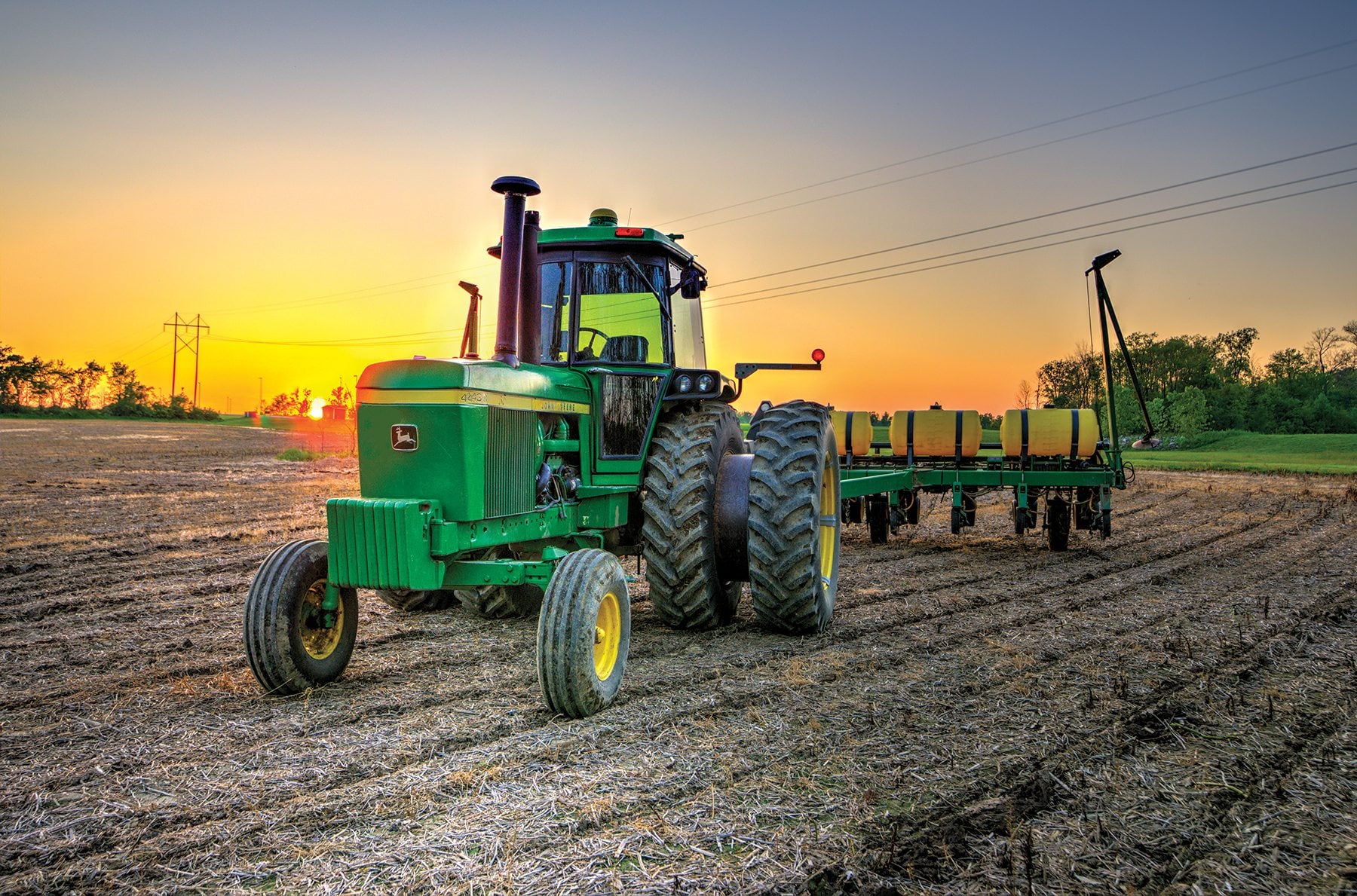
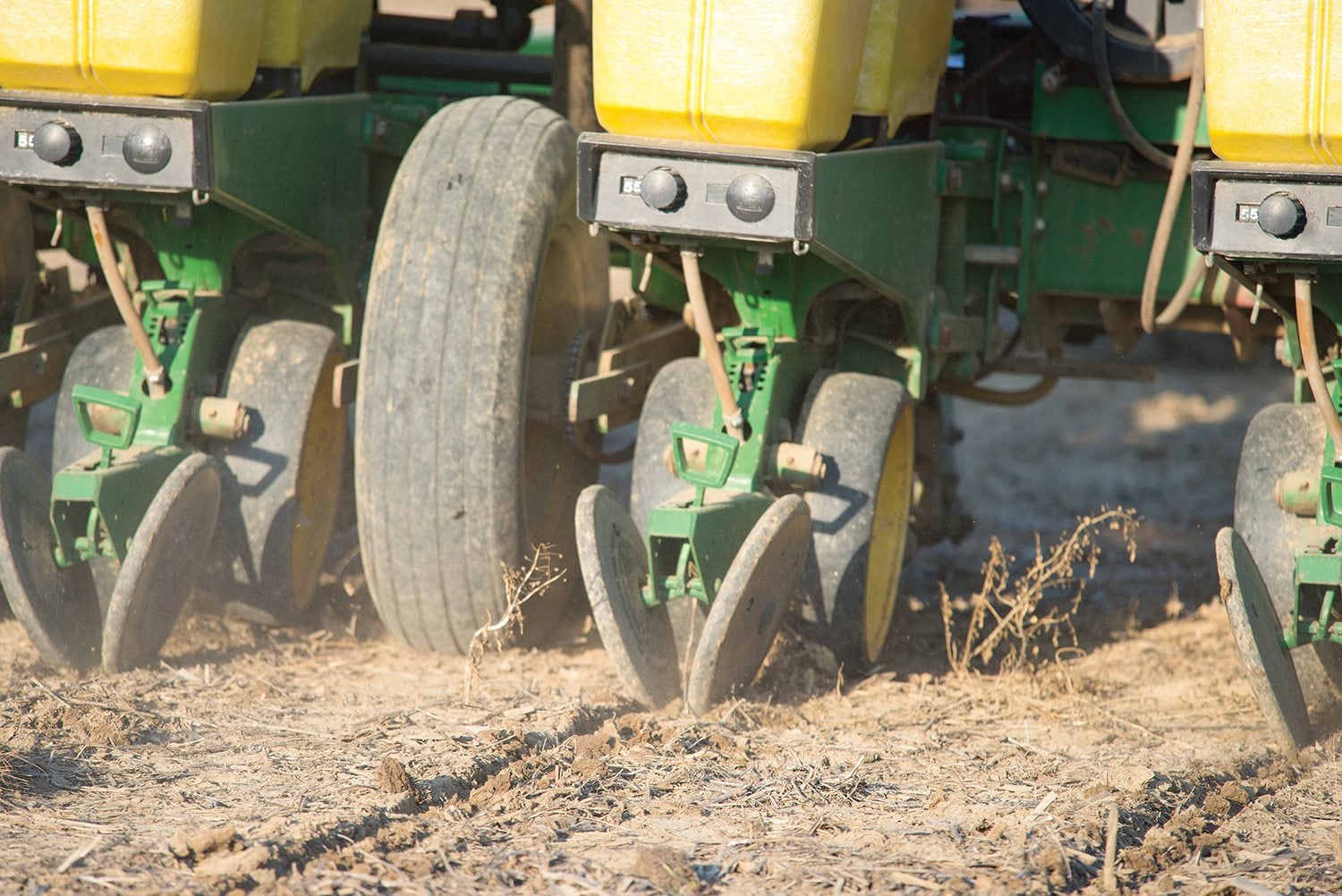

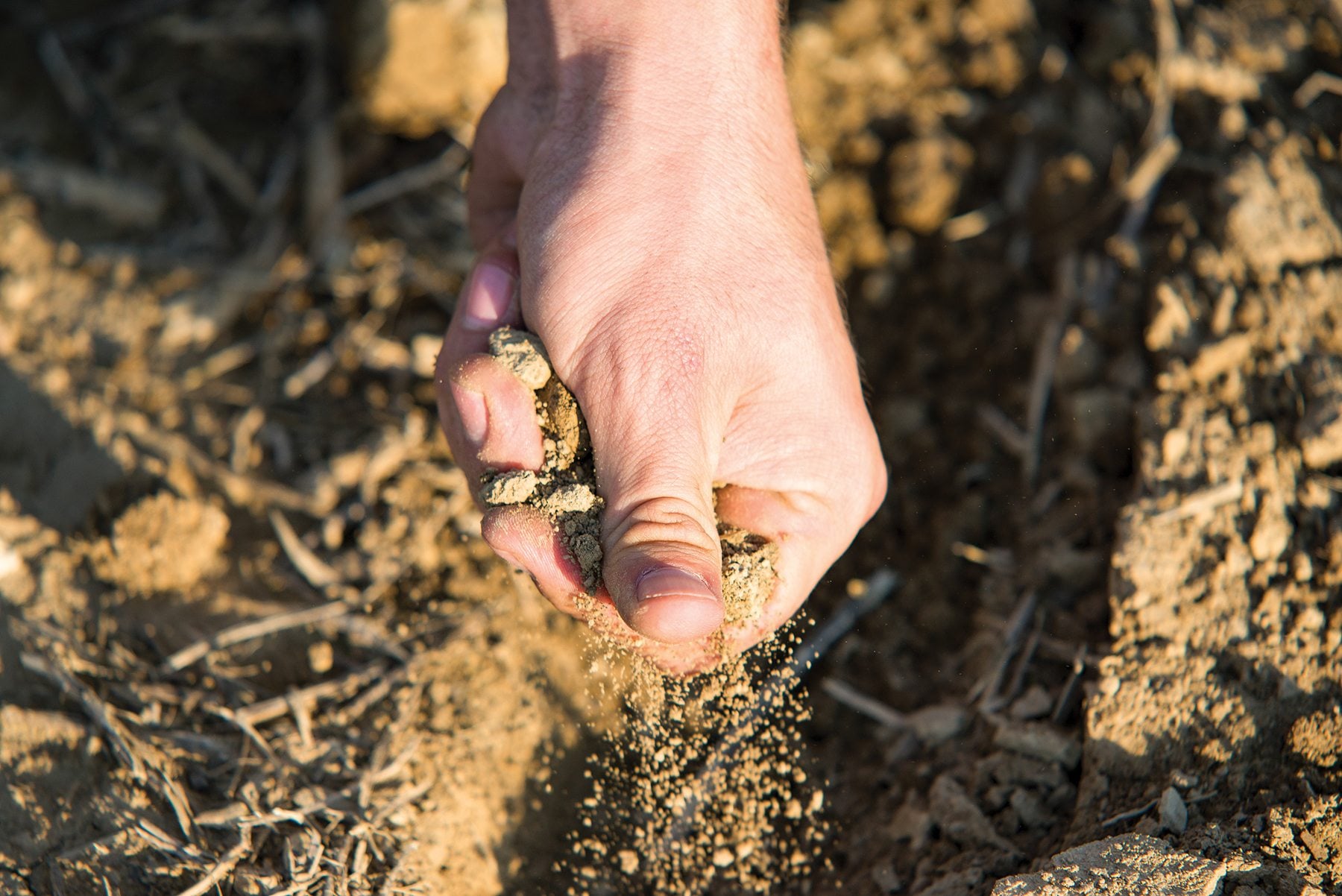
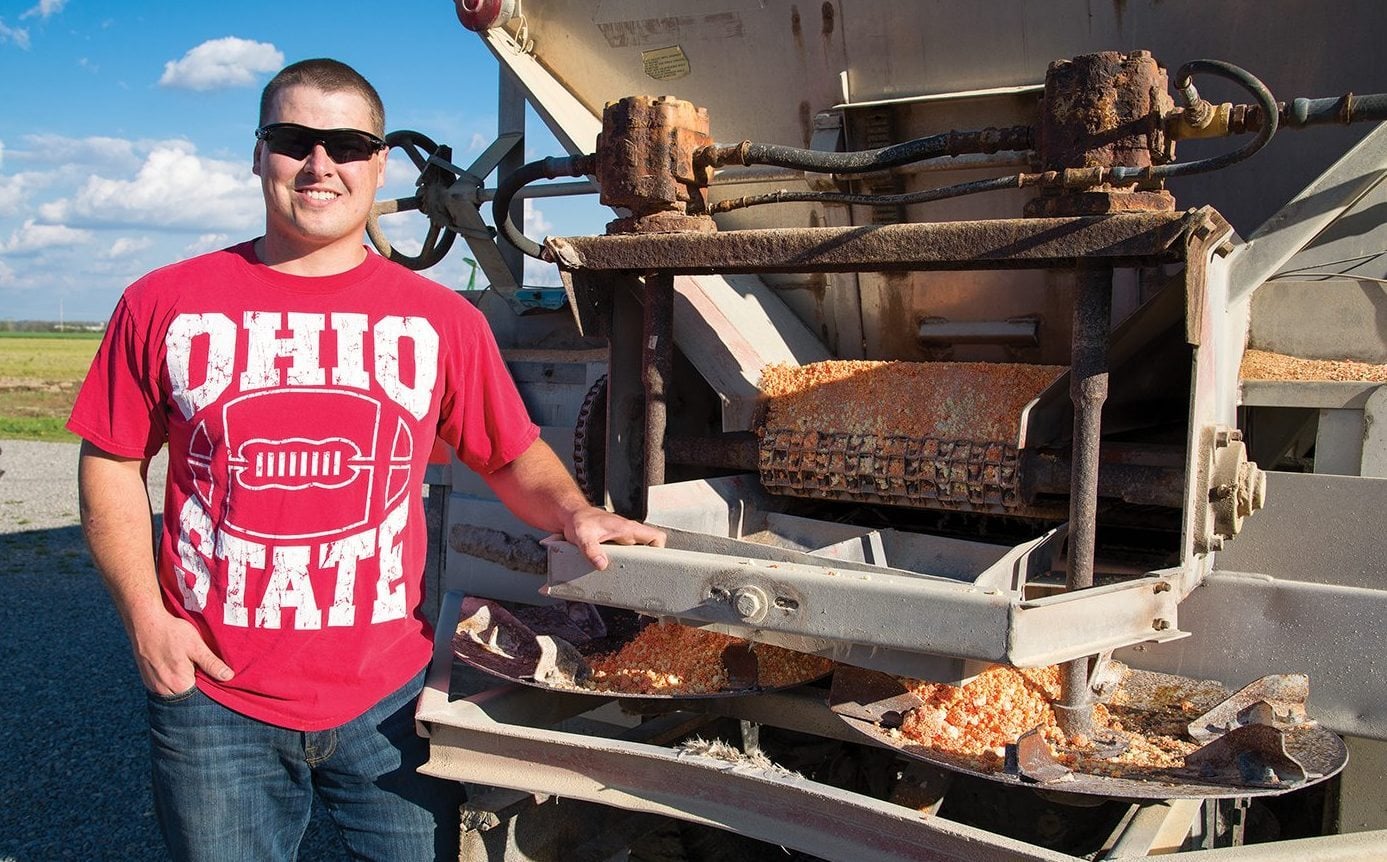
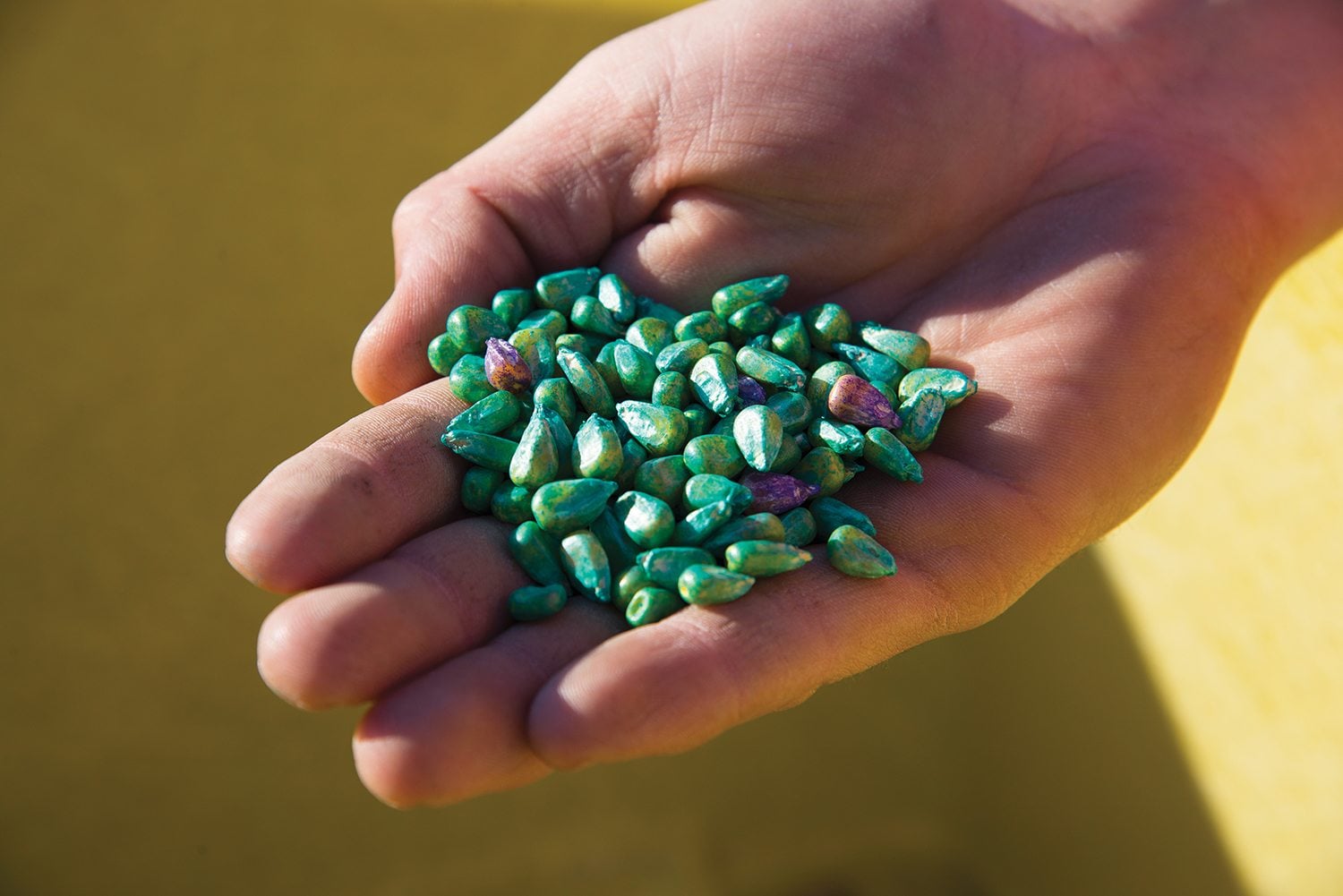
Photos by Dave Gore


The guide includes a farm driver checklist, overview of state and federal regulations and exemptions, CDL qualifications and more.
Read More
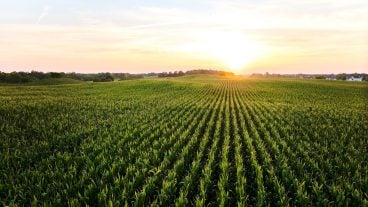
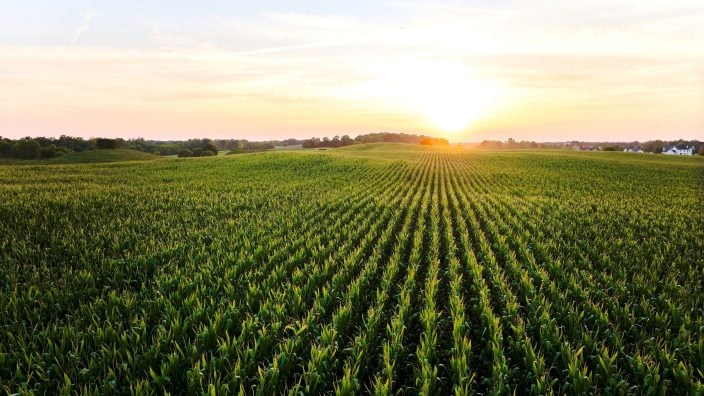
The emergency fuel waiver to allow the sale of summer gasoline blends containing 15% ethanol will lengthen the period during which Americans can continue buying E15 from June 1 to Sept. 15.
Read More

The Small-Scale Food Business Guide covers federal and state regulations for selling food products such as raw meat, dairy, eggs, baked goods, cottage foods, fruits and vegetables, honey and more.
Read More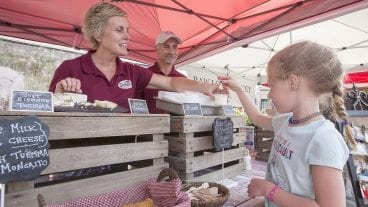
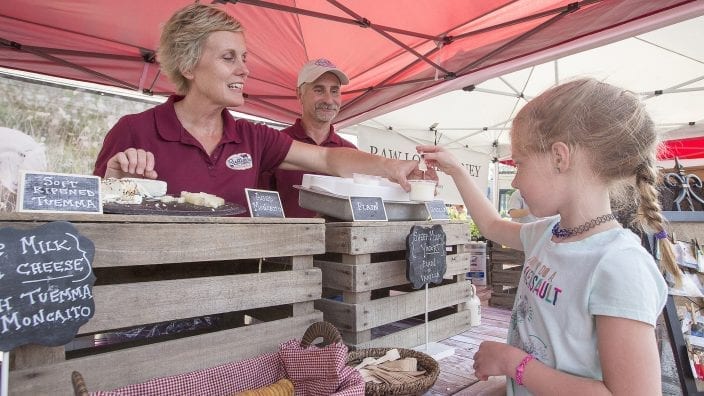
New resources and technology are broadening the different types of sales tools and strategies available to farmers.
Read More

ODA will enroll 500,000 acres into the program for a two-week sign-up period, beginning April 22, 2024, through May 6, 2024. Contact local SWCD offices to apply.
Read More

Katie Share of Columbus has been named ExploreAg and Youth Development Specialist for Ohio Farm Bureau.
Read More

Mary Klopfenstein of Delphos has been named Young Ag Professional and Ag Literacy Program Specialist for Ohio Farm Bureau.
Read More

The plan has been updated to give sole proprietors access to more rate stability and a smart solution that offers potential savings on health care.
Read More

The American Farm Bureau Federation, in partnership with Farm Credit, is seeking entrepreneurs to apply online by June 15 for the 2025 Farm Bureau Ag Innovation Challenge.
Read More

Adele Flynn of Wellington has been elected treasurer of the Ohio Farm Bureau Federation and now holds the third highest elected office in Ohio’s largest and most influential farm organization.
Read More